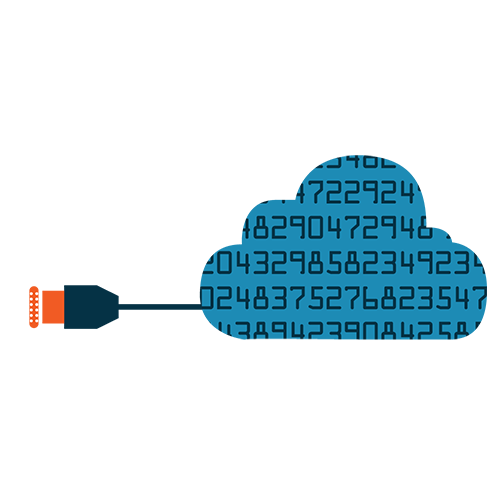Who: Committee on Advertising Practice (“CAP”)
Where: UK
When: 23 February 2017
Law stated as at: 13 March 2017
What happened:
CAP Code rule 2.1 states that marketing communications need to be obviously identifiable as such. However marketers aren’t always aware that this extends to the envelope in which the marketing communication is contained. As such, CAP has issued new guidance which sets out three main principles for getting your mail marketing signed, sealed and delivered compliantly:
An envelope will be considered part of a marketing communication
This reinforces the ASA’s long-held view that envelopes form part of the marketing communication. The key is that consumers need to be able to tell, before they open it, that an envelope contains a marketing communication.
The advertiser’s branding or logos probably won’t be enough
It is unlikely to be enough to merely show the advertiser’s logo on the envelope – this will not be sufficient to show that the mail is of a marketing nature. In fact, advertisers have previously fallen foul of rule 2.1 of the CAP Code despite having a logo, web address and company name shown on the envelope.
Prominent text is needed to make it clear that the mail is marketing
If the envelope itself contains marketing claims, this may be sufficient to make the commercial intent of the letter clear. However, CAP recommends that those envelopes which don’t display explicit marketing claims should have some clearly visible and prominent text saying something along the lines of “This is a marketing communication from [company name]“. The prominence of such wording will be analysed in the context of other text on the envelope – if it’s too small, it’s unlikely to pass the test.
Why this matters:
While the topic of envelopes is hardly the most exciting that CAP has provided guidance on, the advice is an important reminder for all mail marketers. In the same way that email advertising needs to be obviously identifiable as a marketing communication via the subject line, so too does the envelope in which hard-copy mail marketing is contained. The ASA has adjudicated against a number of advertisers for failing to do this, and so any advertisers who try to push the envelope too far, so to speak, run the risk of receiving unwanted correspondence from the ASA.








